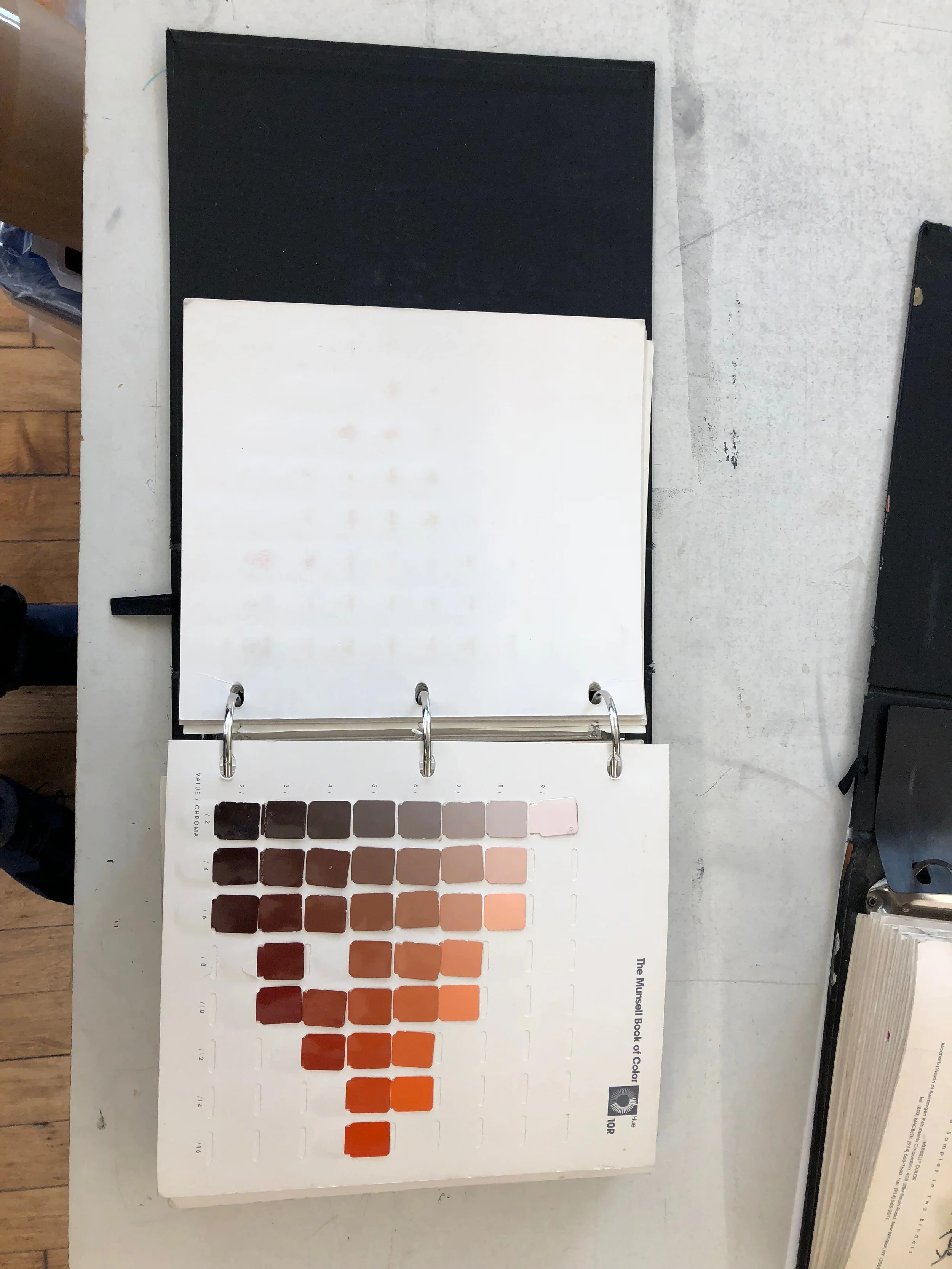Historic Preservation
Historic building preservation is the process of preserving and maintaining buildings, structures, and objects that have historical, architectural, or cultural significance. Preconstruction analysis is an important step in the preservation process, as it helps to identify potential issues and determine the best approach for preserving the building.
Here are some steps that can be taken in the preconstruction analysis of a historic building:
Research the history of the building: This includes gathering information about the building's construction, design, and use over time. This can be done through historical records, photographs, and interviews with people who have knowledge about the building.
Conduct a physical inspection of the building: This involves carefully examining the building's condition, including its structural integrity, materials, and any visible damage or deterioration. This can be done by a trained professional, such as an architect or engineer.
Assess the feasibility of preservation: Based on the information gathered from the research and inspection, determine whether it is feasible to preserve the building. This may involve evaluating the cost and resources required, as well as any potential impacts on the surrounding community.
Develop a preservation plan: This may include recommendations for repair or rehabilitation work, as well as strategies for preserving the building's historic character. Paint chip analysis may be helpful in analyzing the original color palette of the decorative paint campaign. Studies, maquettes, and mock-ups are useful visual tools to describe findings to all relevant stakeholders.
Coordinate with relevant stakeholders: Engage with stakeholders, such as local government agencies, historical societies, and community groups, to ensure that the preservation efforts align with their goals and concerns.
Overall, the goal of preconstruction analysis in historic building preservation is to gather as much information as possible about the building and its history, assess the feasibility of preservation, and develop a plan that will ensure the building's long-term preservation.









